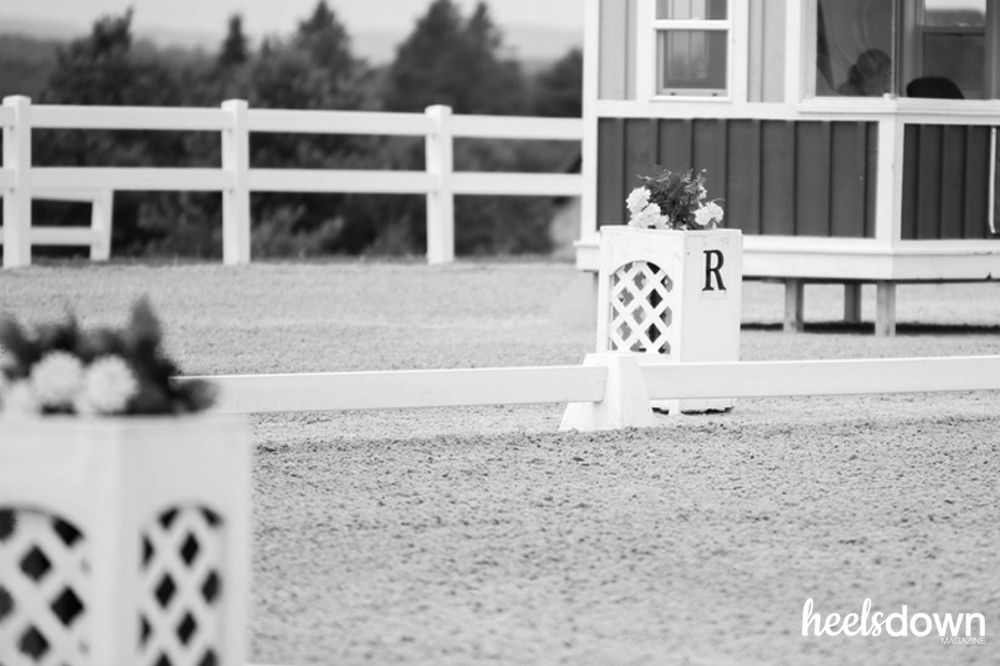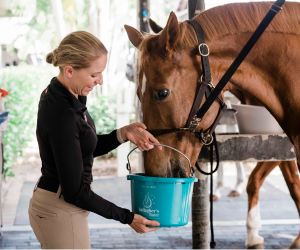It's Time for Clarification on Hyperflexion

Rollkur – it’s a term that sprang into the horse world’s wider vocabulary about a decade ago and has been bandied about with mixed levels of understanding ever since. But now a Facebook page run by a group of respected equestrians is calling for clearer rules on hyperflexion as well as a complete ban on such training techniques in the warm-up arena at competitions.
The ‘FEI, time to act!’ page was set up by Heather Moffett, the founder of Enlighted Equitation and a rider, trainer and author, while admins of the page include a number of Fellows of the British Horse Society, including Pammy Hutton, William Micklem and Tim Downes. The page has published an open letter to the FEI, calling for better clarification surrounding the term, and they are encouraging other riders to sign a petition in support of the letter.
The full text, which can be read online specifically requests that the governing body should: “Through ongoing education more clearly define the difference between forced hyperflexion and classical training systems and their influence on the quality of performance and on the longevity and the well-being of the horse,” and “Remove all ambiguity from rules and guidelines to eradicate the use of forced hyperflexion both in training and in competition.”
We’ve all seen the photos, horses with chins tucked into their chests, their field of vision fixed on the floor and the front of their faces well behind the vertical. It looks unpleasant and unnatural, far removed from the classical roots of our sport, and horses in this position can often seem to be showing signs of discomfort or stress.
Certainly, any photos that suggest the use of hyperflexion are immediately condemned all over social media, so why are we still seeing them?
In my understanding (and honestly I feel I could have a degree in riding theory and still only skim the surface of this murky topic) it all comes down to time and force. If a rider uses a strong contact or other means to force the horse to have its head in an unnaturally low fixed position, or if the horse is put in this position for an extended period of time, this is banned. Using a training technique known as LDR (low, deep, round) isn’t.
That’s where the current confusion comes in – what level of ‘force’ is appropriate? At what point is welfare compromised? It is a very grey area, and this recently published open letter calls for the topic being made much more black and white.

